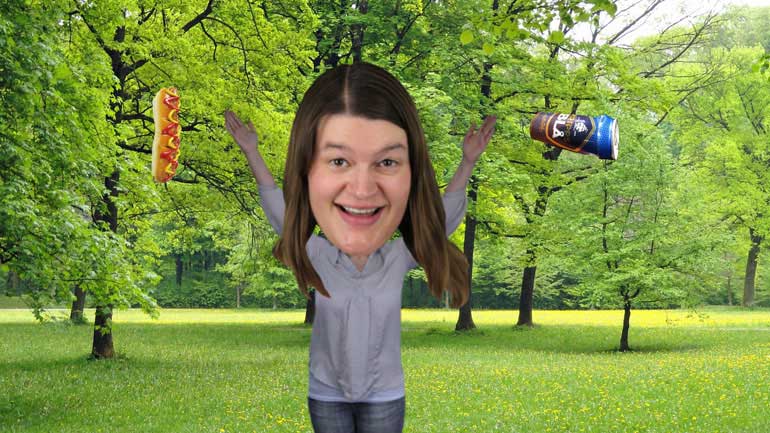ShmoopTube
Where Monty Python meets your 10th grade teacher.
Search Thousands of Shmoop Videos
ACT English 1.10 Passage Drill 208 Views
Share It!
Description:
ACT English: Passage Drill 1, Problem 10. How would you correct the underlined segment from the passage?
Transcript
- 00:03
Here's your Shmoop du jour, brought to you by the nonessential clause...which is having
- 00:08
trouble getting over its inferiority complex.
- 00:11
Check out the following passage...
- 00:25
How would you correct the below underlined segment from the passage, if at all?
- 00:28
The outermost layer, that is typically smooth with a greenish color, is called the exocarp.
Full Transcript
- 00:34
And here are the potential answers:
- 00:39
Huh... we never imagined we'd know so many details about the secret lives of coconuts...
- 00:44
Anyway, let's see what we can do to help this sentence get on track...
- 00:46
Choice (B) probably gets the award for the worst possible choice.
- 00:49
Even if we don't know anything about... anything, it just sounds bad when we read
- 00:53
it out loud: "The outermost layer, it is typically smooth with a greenish color, is
- 00:58
called the exocarp."
- 00:59
Sounds awkward, right? This is because there's no need to put in the pronoun "it" to
- 01:03
stand for the noun "layer."
- 01:05
Placing "it" in this position mutates the sentence into some kind of mangled run-on.
- 01:09
We're actually in need of another type of pronoun entirely.
- 01:12
(D) is closer...it attempts to use the word "what" as a relative pronoun.
- 01:17
Relative pronouns introduce relative clauses, which are a type of clause that modify a word,
- 01:21
phrase, or idea in the main clause.
- 01:23
For example, the relative clause here is obsessed with telling us how smooth and green the outermost
- 01:29
layer of the coconut is.
- 01:30
Even though we are indeed on the hunt for a relative pronoun, we can't give "what"
- 01:34
the OK, since it's rarely used that way.
- 01:36
Choice (A) isn't too far off the mark. "That" can indeed be employed as a relative pronoun.
- 01:41
However, when "that" is used to introduce a relative clause, it signals that the clause
- 01:45
is essential to the meaning of the sentence.
- 01:47
Let's read the sentence without the relative clause and see if we lose anything essential:
- 01:51
"The outermost layer is called the exocarp."
- 01:53
Not so much. Sure, we lose some detail about what the exocarp looks like, but that's
- 01:57
not the main point of this sentence. Those kinds of details are only icing on the cake.
- 02:02
Another big hint that this relative clause is nonessential is that commas surround it.
- 02:06
When something is surrounded by commas in a sentence, it's usually an indication that
- 02:09
it's nonessential.
- 02:10
Therefore, we should never put commas before "that" when it's acting as a relative pronoun.
- 02:15
At long last, we've landed on the right answer: choice (C).
- 02:18
"Which" is the relative pronoun we need because it's used to introduce nonessential
- 02:23
clauses, which makes it A-OK. with being separated from a sentence by commas.
- 02:28
Random fact: Non-essential Clauses perform small jobs, such as polishing toy trains,
- 02:32
in the days leading up to Christmas.
Up Next
ACT English: Punctuation Drill 2, Problem 2. Where should the semi-colon be placed?
Related Videos
ACT English: Punctuation Drill 3, Problem 1. How should this sentence be changed so that it is grammatically correct?
ACT English: Punctuation Drill 3, Problem 2. How should we properly hyphenate the words in this sentence?
ACT English: Punctuation Drill 3, Problem 4. Which choice best formats this list of items?
ACT English: Punctuation Drill 2, Problem 1. Which choice of punctuation best completes the sentence?




